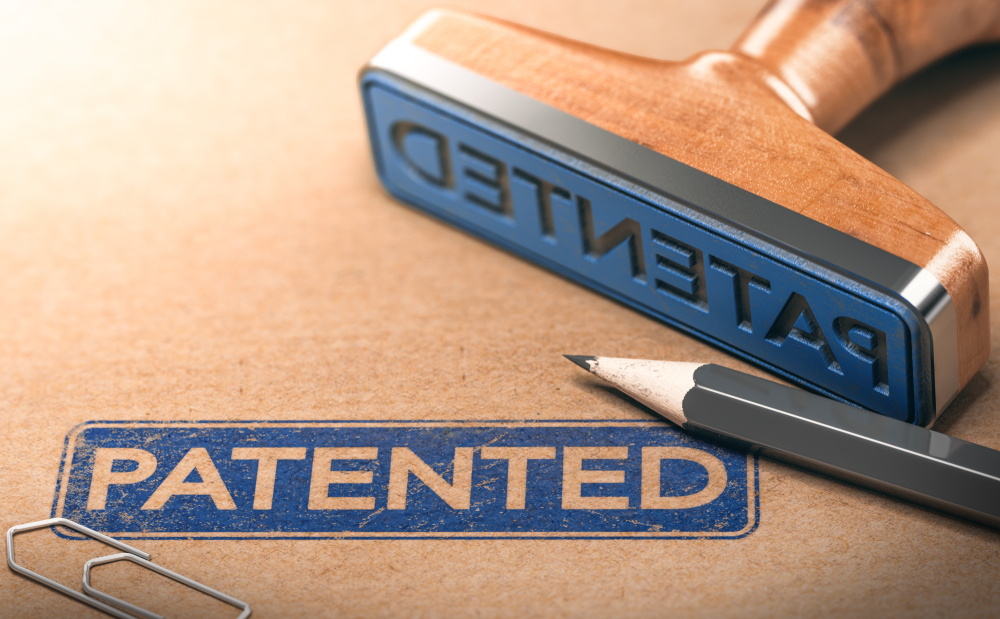Recent decisions by the US Court of Appeals for the Federal Circuit suggested that inventors should exercise caution when exhibiting their inventions too early as technology publicly displayed previously may not be eligible for patent protection. The Federal Circuit has found in two recent decisions that the “Cherry Star” flower, exhibited at Home Depot and a medical device showcased at a medical trade show, were not eligible for patent protection due to being previously shown to the public.
The decision in the Cherry Star case revolved around the “public use rule” of patent law, which bars an invention from being protected if its concepts were previously made available to the public. In the case, the Federal Circuit found that the Home Depot agricultural expo constituted public use of the Cherry Star flower, preventing the plant’s seeds from gaining patent protection. However, the court indicated that the public viewing analysis might have been different if the plant had been used for anything other than decorative purposes.
In the medical device case, the court found that the display of 15 fully functional prototypes of a medical device used for endometrial ablation to treat heavy menstrual bleeding at a trade show was enough to undermine its patentability. The court rejected arguments that the prototypes were not yet finished or “reduced to practice” because the inventors were still tweaking them.
Lisa M. Ferri, co-leader of Mayer Brown’s Global Intellectual Property Group, noted that these decisions are a reminder that inventors must file to protect their discoveries before sharing their breakthroughs with the public. “In both cases, the patent holders lost their patent by prematurely introducing their product to the marketplace without sufficient safeguards,” Ferri wrote in an email.
Ashley N. Moore, a managing partner at Michelman & Robinson LLP, agreed that the recent Federal Circuit activity “showcases how important it is to file for patent protection before you go public with an invention.” Moore noted that the law doesn’t require the patent to have been issued but only mandates that the paperwork be filed. She said starting the application process early is a good idea, especially because patent claims typically undergo significant changes during prosecution at the US Patent and Trademark Office.
Ferri suggested that patent owners be honest about the extent to which they’ve discussed and displayed their inventions. “Tellingly, in the Minerva case, Judge Reyna emphasized that the patentee was ignoring the clear evidence of a public use—and that is what doomed their patent,” she said.
However, Greenspoon Marder LLP partner Robert J. Rando said the recent decisions leave gray areas about how public use displays will be interpreted against the Motionless Keyboard standard. The Federal Circuit found that it was enough that doctors interacted with the Minerva device at the trade show, even though the device’s intended purpose was for use on a live patient.
“At the end of the day, I’m not sure these cases represent enough clarity on the public use doctrine,” Rando said.
The recent Federal Circuit decisions suggest inventors file for patent protection before publicly displaying their inventions. While the decisions leave some ambiguity about how public use displays will be interpreted in the future, they remind us that patent holders must follow the statute’s requirements and relevant case law before taking a new product public.
REFERENCES:
File for Patent Before Publicly Displaying Tech, Attorneys Warn

